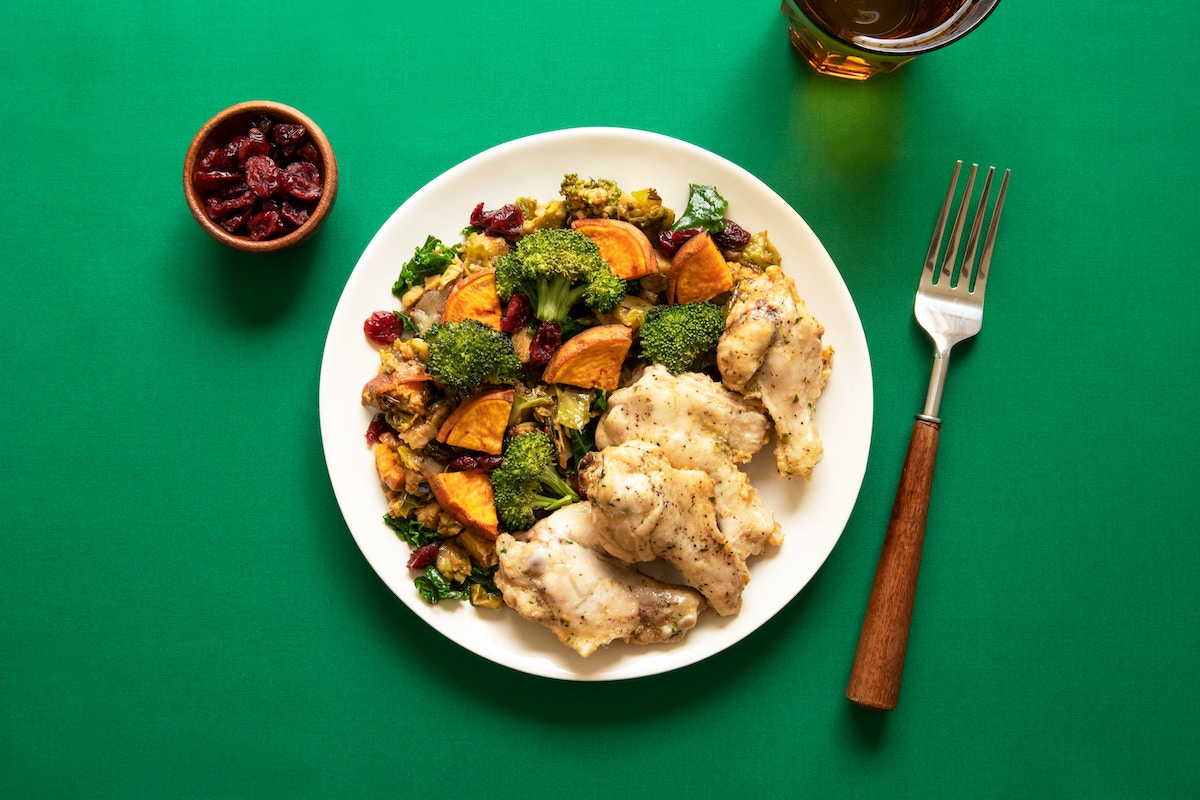
The data on New Year’s resolutions aren’t the best. Recent data shows that most people give up before the calendar flips to February. However, perhaps you’ve vowed to be the outlier this year, specifically with weight loss and healthy eating. Diet and weight loss remain top resolutions manually, but change is hard. A strategy, like a meal plan, can help, but developing one can feel overwhelming. Consider a food planner to lose weight. No, you don’t have to buy a physical planner. Instead, meal plan apps allow you to hold the tool that can help you achieve your eating and weight loss goals in the palm of your hand.
Various healthy food planner phone apps offer different interfaces, bells and whistles, and price points. Most are more than mere calorie apps. Instead, you’ll find ways to track your progress and plot out meals to ensure you’re getting the calories and nutrients you need to thrive.
As with most products and health tools, the best one for you will depend on your budget, needs, and preferences. Below, we offer some of the top-rated calorie and food apps on the market.

Benefits of food, calorie, and meal plan apps
Using the best food tracking and calorie counting app (for you) can offer several benefits. A large study published in 2017 linked meal planning with food variety, quality of diet, and body weight status. Meal planning apps, by nature, offer opportunities to plot out meals.
You can also track your progress by entering data, like weight and mood, so you feel more accountable (and don’t merely focus on the number on the scale but also on other ways nutritious eating benefits you). Also, many healthy food apps have a library of food data, including nutrition facts. You can see how many calories something has, but that’s not all. You can note other facts like fiber (which is filling) and protein (which is also satiating and helps you build muscle).

Who should not use a calorie app?
While calorie and food apps can be helpful, individuals with a history of an eating disorder might find the constant look at nutrition facts and calorie counts triggering. Work with your healthcare team to ensure this route is correct for you.
These healthy food apps should also make meal planning and eating easier and more fun. If logging into the app is a drag and not helping, or perhaps you prefer a paper food journal, don’t be afraid to pivot. Whatever enables you to crush your goals is what’s best for you.

Best healthy food apps to help you meal plan like a pro
If a healthy food app sounds right, get ready to swipe and tap your way to nutritious eating this year.
Noom
Cost: Starts at $209/year
Through the years, Noom’s social and traditional media marketing has made the app one of the more popular ones on the market. Noom is much more than a calorie app. Instead, the app offers services beyond logging what you eat. Noom uses approaches like cognitive-behavioral therapy to help users build habits that last long-term. Coaching from real-deal humans helps users get a personalized approach. The downside? The app is pricey after a free trial, with plans ranging from $70 per month to $209 per year.
Lose It
Cost: Starts at $39.99/year
This food diary and weight loss app paints a holistic picture of your health by allowing you to track diet and exercise (two tools that go hand in hand with weight loss and maintenance). The app’s features let users scan food labels and have informative content to help them learn what a “macro” really is.
MyFitnessPal
Cost: Free basic, plans start at $20/year
An oldie but goodie, MyFitnessPal was initially launched in 2005 and has hundreds of thousands of glowing ratings in the app store. The app has built a massive food library over the years, allowing users to hone in on nutrition facts of produce, snacks, and more. Users can also scan barcodes for specific food information and log their exercise. The app also takes the guesswork of your caloric needs. Enter your weight, and the app will come up with a number.
PlateJoy
Cost: Starts at $12.99/month
If meal planning is your most significant barrier to weight loss and healthy eating, PlateJoy could be game-changing. Enter your food preferences, activity level, height, weight, and goals, like reducing sugar intake or consuming heart-healthy grub. From there, the app will curate a menu and grocery list based on your goals and favorite eats.
Ate
Cost: Starts at $9.99/month
Similar to Noom, Ate Food Journal knows that food choices can stem from behavioral and emotional patterns. While users can set weight loss goals, the app strives to help people feel like more than just numbers. Instead, you can track how food makes you feel and whether your meals allow you to show up as the best version of yourself. There’s no calorie counter here, which can be a pro for people who find tracking those numbers poor self-care.
MyNetDiary Calorie Counter
Cost: Free version available; plans start at $9/month
MyNetDiary Calorie Counter is similar to MyFitnessPal, but some users find this one easier to navigate. Expect a food database to help you determine calories and nutrients and spots to track calories, meals, and activity.
WW
Cost: Starts at $13.52/month
The app of the program formerly known as Weight Watchers, the app is a hub of recipes. Users can save their favorites so they can return to them when they can’t answer the age-old question, “What’s for dinner?” You can also find nutritional information on chain restaurant menus so that you can make healthy choices (yes, even at a fast-food drive-thru).
Calory
Cost: Free for basic, plans start at $15/year
Not into the bells and whistles of the other apps? Consider Calory, which offers a basic calorie and food log. The app is ideal for people who find meal planning overwhelming enough with talk of “macros” and expansive recipe ideas. There’s a food database, and the app notes your most-consumed food notice patterns (and favorites).
ControlMyWeight
Cost: Free for basic, plans start at $1.49/month
Another no-fuss app, ControlMyWeight, has food data and is hyper-focused on calories, which might be a pro or con for you. You can set up notifications to receive reminders of the carbs, fat, and other nutrients you’ve eaten during the day, helping you stay on track.
LifeSum
Cost: Free. Plans start at $8.33/month
A data lover’s dream, LifeSum allows you to track calories, macros, hydration, and exercise. Rate foods, find recipes, develop meal plans, and more in the palm of your hand.

Meal planning and calorie counting can help you reach weight loss goals and build long-term habits to sustain healthy eating. Studies show that meal planning can improve diet quality and reduce weight. Meal planning apps can help, and there are several on the market. Some, like Noom, are pricier than others, each with special perks. For instance, Noom offers live coaching, while Ate Food Journal ditches the calorie counter to hone how meals make you feel. Many also allow users to track diet and exercise. If weight loss or healthy eating are goals for you this year, downloading a healthy eating app may help you achieve them.
Editors' Recommendations
- Include these 10 foods high in b1 in your diet to reap the benefits of thiamine
- The best snacks for the Mediterranean diet: 9 healthy, tasty ideas
- 5 delicious carnivore diet snacks you can take on-the-go
- These low carb pasta options are just as delicious
- Why strength training should be an essential part of your gym routine



